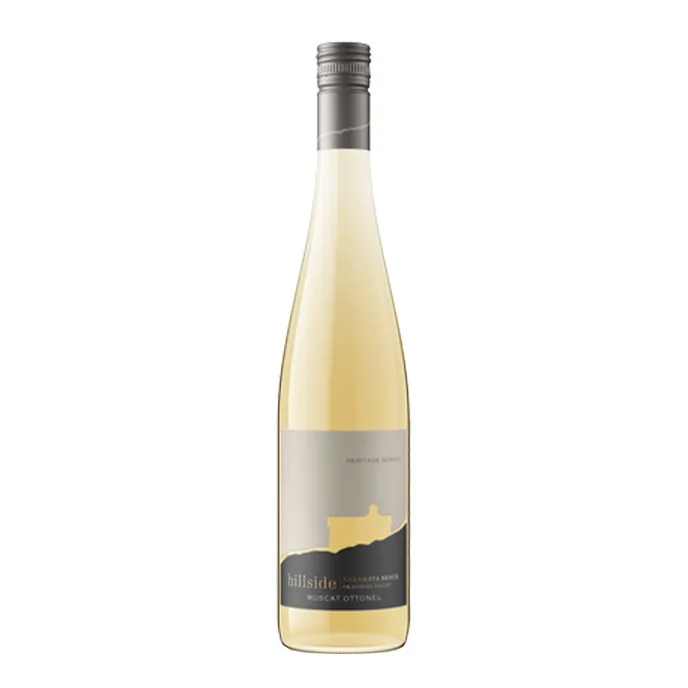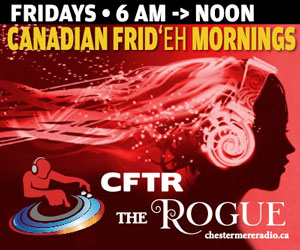Faithful readers may recall your intrepid liquor reporter’s long appreciation of both beer and the fairer sex.
As you can imagine, last month’s Oktoberfest celebrations gave me a chance to enjoy both, with the bosom-baring dirndl dresses favoured by the frauleins making a perfect match for my tight-fitting lederhosen while polka-ing up a storm to the sounds of the oom-pah band on the stage.
Yes, gentle reader, your humble narrator was there for the festivities in Alberta’s largest Oktoberfest celebration at the Austrian Canadian Club in Calgary, and what a night it was! The beer flowed like water, and there were enough bratwurst sausages to feed an army.
Sadly, I am less than a cunning linguist in the German language, so my attempts at picking up the buxom barmaid were unsuccessful. Luckily, a tall blonde lass bearing a striking similarity to Liesl from The Sound of Music took pity on my fumbling attempts at German and gave me a few pointers.
Her first suggestion in courting a young lady at an Oktoberfest celebration was to rise up above the beer-swilling masses of lederhosen-clad men, and impress your date with a drink that doesn’t leave you bloated and gassy.
Taking that advice to heart, I left the giant beer stein behind and ordered a bottle of fine Austrian wine from the same buxom barmaid who had shot me out of the saddle just minutes before.
The wine in question was a Zweigelt (pronounced ts-VIE-gelt), and is the most widely planted red grape in Austria. Interestingly enough, Canada is in 2nd place for worldwide Zweigelt plantings, with the grape making inroads to vineyards in both the Niagara and Okanagan wine regions.
The Zweigelt grape varietal was developed in 1922 by the famous viticulturist Dr. Fritz Zweigelt by crossbreeding the Bläufrankisch and St Laurent grape varietals.
Bläufrankisch has a long history as a popular wine in central Europe, but it was challenging to grow in cooler climates because it ripens so late in the season.
One of the characteristics that Zweigelt was specifically bred for was an earlier ripening, make it easier to grown in a wider variety of vineyards. This hardiness has allowed the grape to flourish here in Canada’s cool wine regions.
Unlike many other wines, Zweigelt grapes have very generous yields, making it particularly popular with small vineyards that have limited space.
Although the most vibrant wines are produced when the grower intentionally keeps the yields low by aggressively pruning the vines, Zweigelt consistently produces a solid medium-bodied red wine even when the vines are left to grow unchecked.
On the plus side, this produces a consistently good wine at a low price point, but the downside is the temptation for the vineyard owner to ramp up production to maximize profit at the expense of quality.
Speaking of quality, Zweigelt wines tend to be best consumed while young, as they do not age as well as a Merlot or Cabernet. It is uncommon to see a Zweigelt that is more than a few years old, as they are generally at their best within a year or so of bottling.
Luckily, most wine in Canada is consumed within a week of purchase, so aging wine is really only a problem for wine snobs like your humble narrator, who tend to buy two bottles at a time; one to drink now, and one to save for a year or so.
The flavour of Zweigelt wines tend to display sour cherry and berry aromas, with exotic spice finishes reminiscent of cinnamon or cloves. The mouthfeel is fresher than a heavy Cab Sauv, making the Zweigelt easy to pair with a wider range of foods.
Your humble narrator found this wine went well with bratwurst sausage and the lipstick that rubbed off the tall blonde giving me German lessons at the Oktoberfest celebration. Perhaps a future column will explore how this wine tastes with a redhead.
If you would like to pick up a bottle of Zweigelt for yourself, my favourite is from Arrowleaf Cellars, a vineyard just south of Kelowna, BC. Your humble narrator has visited this winery several times, and it never fails to impress. Luckily, their wares can be found in well-stocked liquor stores in Alberta, so you can easily find it close to home.







Arrowleaf is actually north of Kelowna; south from Vernon. And I’ve never seen it in Alberta liquor stores. When i was at the
Vineyard this summer they said they don’t sell it in Alberta mainly due to the ALCB.